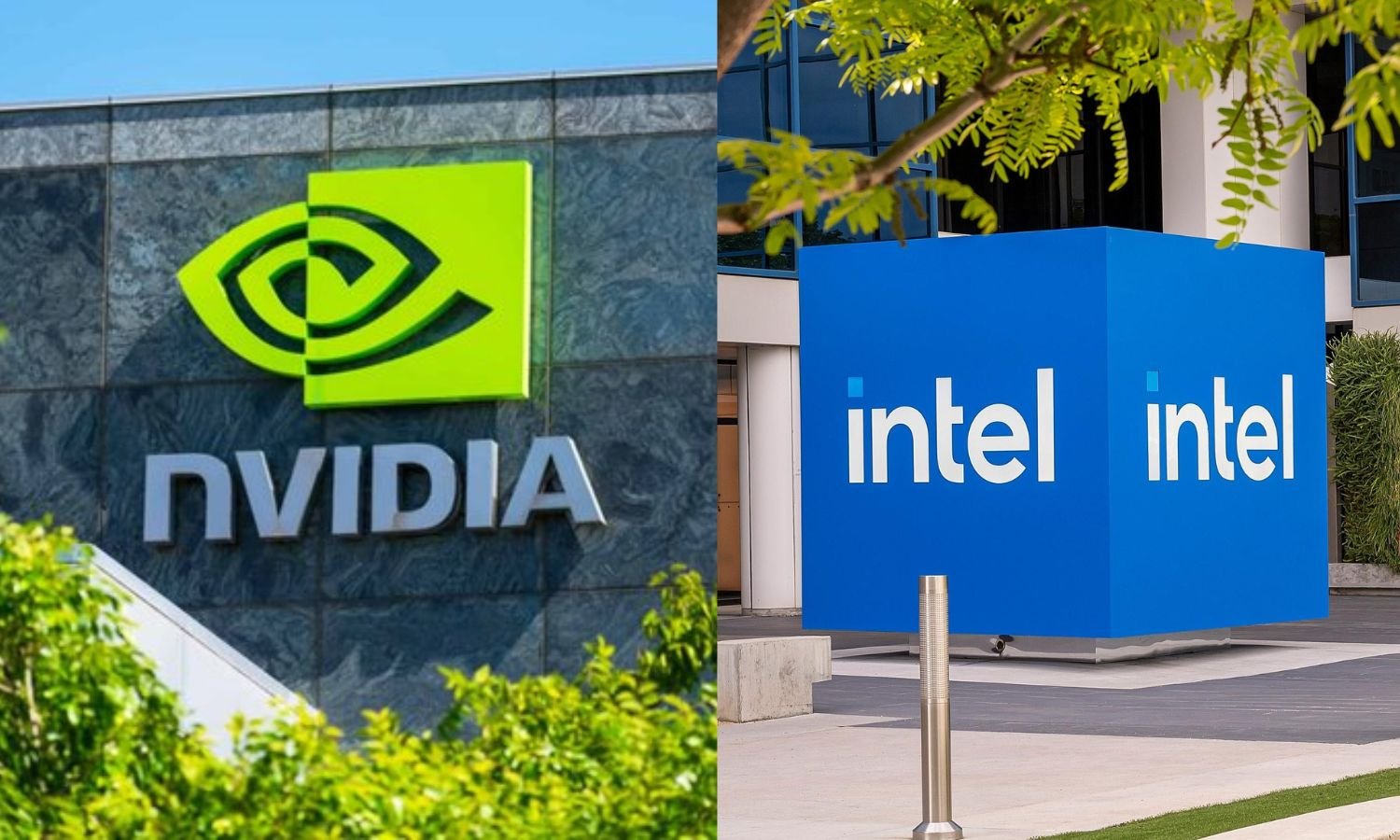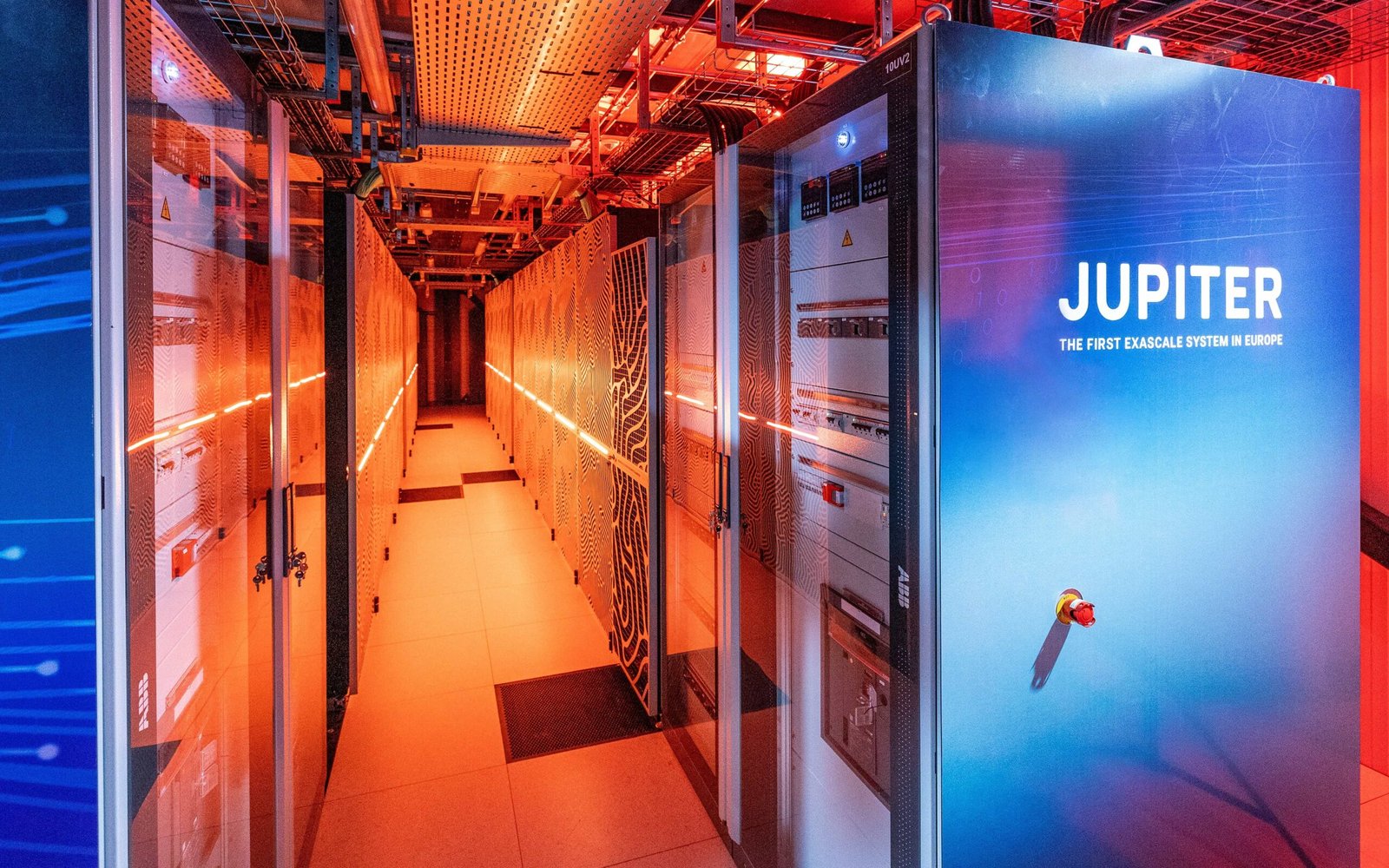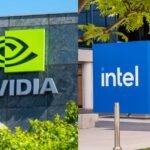A Game-Changing Platform for Robotics and Autonomous Vehicles
At CES 2025, NVIDIA introduced the groundbreaking NVIDIA Cosmos™, a platform built to accelerate physical AI development by providing state-of-the-art generative World Foundation Models (WFMs), advanced tokenizers, guardrails, and an accelerated video processing pipeline. The platform is optimized for NVIDIA’s data center GPUs and aims to simplify the creation and deployment of autonomous systems, including robots and autonomous vehicles (AVs).
NVIDIA Cosmos offers the tools and infrastructure necessary to generate photorealistic, physics-based synthetic data, facilitating the training, fine-tuning, and evaluation of physical AI models. The platform is expected to democratize physical AI by enabling developers to access open models under NVIDIA’s open model license, available through platforms like Hugging Face and the NVIDIA NGC™ catalog.
Why Cosmos is a Game-Changer for Physical AI
Addressing Development Challenges
Developing physical AI models is both costly and resource-intensive, requiring vast quantities of data and real-world testing. Cosmos reduces these barriers by generating synthetic, physics-accurate data, enabling developers to train models without the need for extensive and expensive real-world data capture. This synthetic data can simulate complex environments such as industrial settings, traffic scenarios, and more.
Customizable Foundation Models
The Cosmos WFMs allow developers to fine-tune models for specific use cases by incorporating custom datasets, such as video recordings of AV trips or robots operating in warehouses. These WFMs are purpose-built for physical AI, providing realistic simulations that account for object permanence, physically based interactions, and high-quality environmental generation.
Innovative Features of NVIDIA Cosmos
- Advanced Video Tokenizer
- The NVIDIA Cosmos Tokenizer enables the conversion of images and videos into efficient tokens, achieving 8x greater compression and 12x faster processing compared to existing tokenizers.
- Accelerated Data Processing Pipeline
- Powered by NVIDIA NeMo™ Curator, the pipeline processes up to 20 million hours of video in just 14 days using NVIDIA’s Blackwell platform, a significant improvement over CPU-only solutions.
- Synthetic Data Generation
- Cosmos integrates with NVIDIA Omniverse™ to create photorealistic videos and simulations, aiding in model training and evaluation.
- Trustworthy AI Principles
- Cosmos adheres to NVIDIA’s guidelines for privacy, security, and bias reduction. Features such as invisible watermarks for AI-generated videos and tools for enhancing text prompts ensure responsible AI use.
Adoption by Industry Leaders
Robotics Innovators
Pioneering robotics companies such as 1X, Agile Robots, Agility, Figure AI, and XPENG are leveraging Cosmos to accelerate their projects. For instance:
- Agility employs Cosmos for generating photorealistic training scenarios, reducing reliance on real-world data.
- XPENG is utilizing Cosmos to fast-track humanoid robot development.
Automotive Leaders
NVIDIA Cosmos is also making strides in the autonomous vehicle sector, with companies like:
- Waabi and Wayve using the platform for edge-case scenario generation and safety validation.
- Uber collaborating with NVIDIA to enhance AV development by combining Cosmos with NVIDIA DGX Cloud™ for scalable, efficient AI model training.
Innovative Use Cases Highlighted by Jensen Huang
During his CES keynote, NVIDIA CEO Jensen Huang showcased several cutting-edge applications of Cosmos, including:
- Video Search and Understanding: Developers can efficiently locate specific training scenarios, such as snowy roads or warehouse congestion, using video data.
- Multiverse Simulation: By simulating a range of possible outcomes, Cosmos enables AI models to select the most accurate and reliable path.
- Physical AI Model Evaluation: Developers can refine and test models in controlled, simulated scenarios, enhancing robustness and performance.
Huang likened the platform’s potential to a “ChatGPT moment for robotics,” emphasizing its transformative impact on physical AI.
Commitment to Open and Responsible AI
NVIDIA has designed Cosmos in alignment with its trustworthy AI principles, focusing on:
- Safety: Guardrails to prevent harmful outputs.
- Transparency: Tools like invisible watermarks for AI-generated content to combat misinformation.
- Bias Reduction: Features to ensure diverse and equitable model training.
The open-model approach aims to foster collaboration within the developer community, accelerating innovation while maintaining ethical standards.
Availability and Future Developments
The initial wave of Cosmos WFMs is now accessible via NVIDIA’s open model license on Hugging Face and the NVIDIA NGC catalog. Developers can also access accelerated video processing tools and customize models using NVIDIA NeMo. Upcoming releases will include NVIDIA NIM microservices for optimized deployment.
Additionally, NVIDIA announced the forthcoming Llama Nemotron large language models and Cosmos Nemotron vision-language models to expand its offerings in enterprise AI sectors such as healthcare, manufacturing, and financial services.
A Step Forward for Physical AI
With Cosmos, NVIDIA is charting a new course for physical AI development, empowering a wide range of industries to build smarter, more efficient robots and AV systems. By prioritizing open access, synthetic data generation, and responsible AI practices, Cosmos positions itself as a cornerstone of the next wave of AI innovation.
Read More Here









